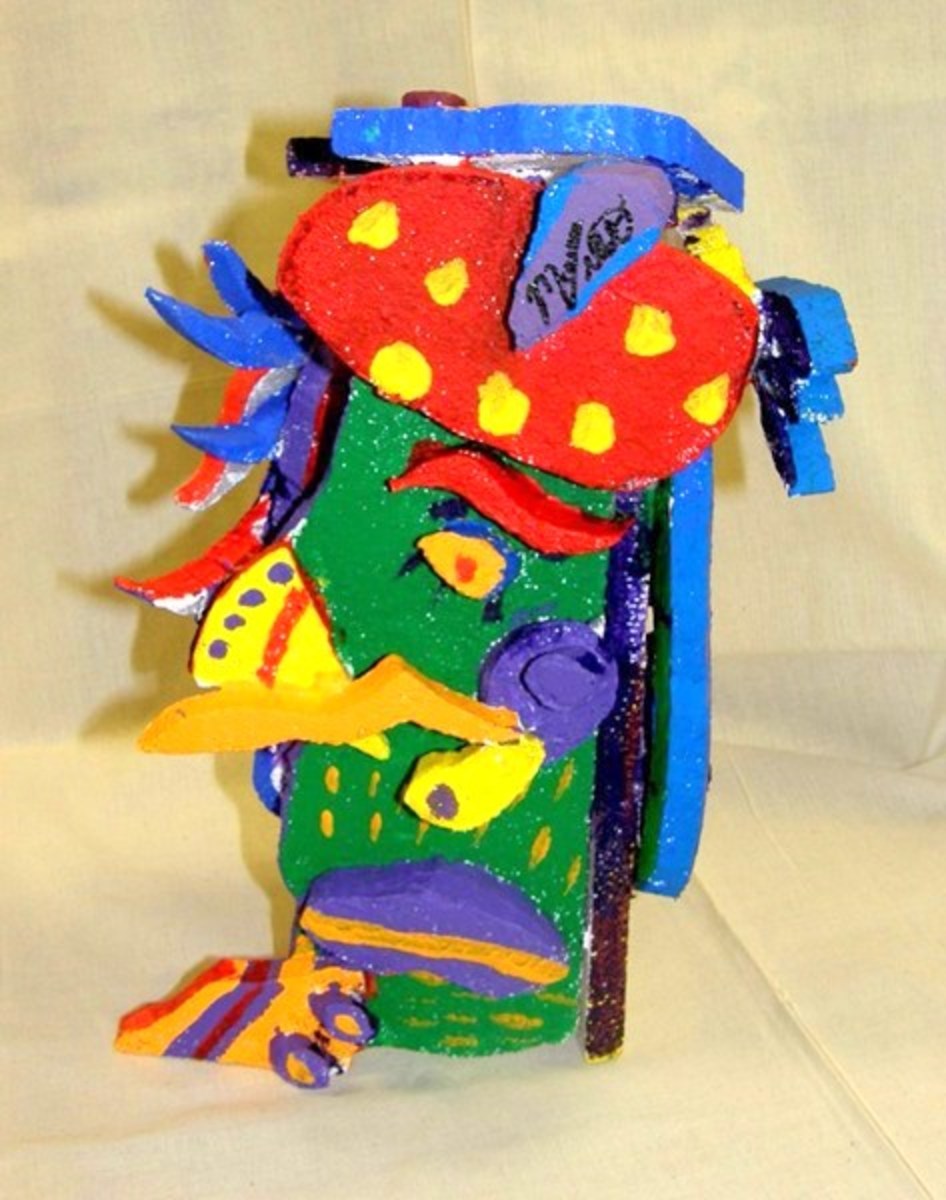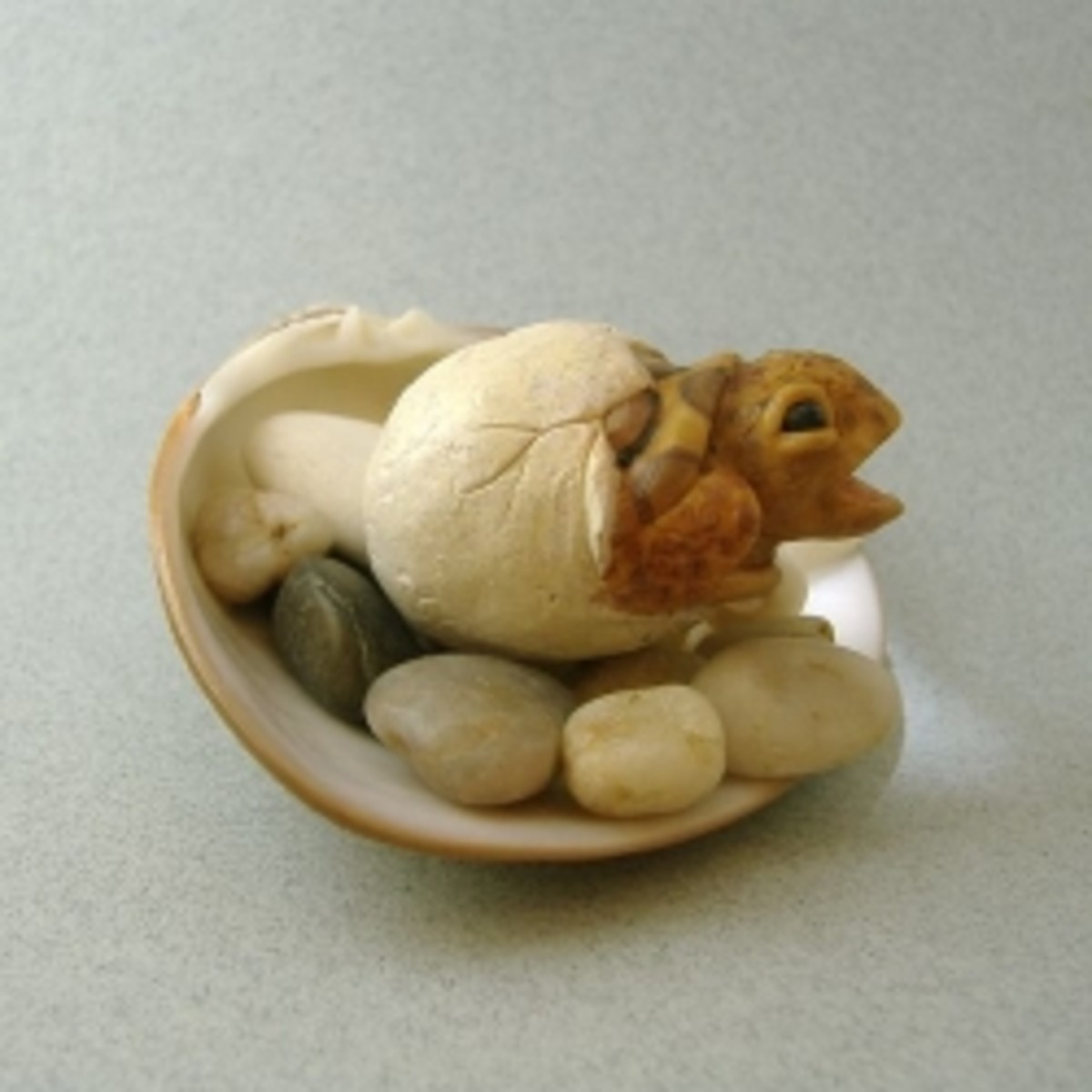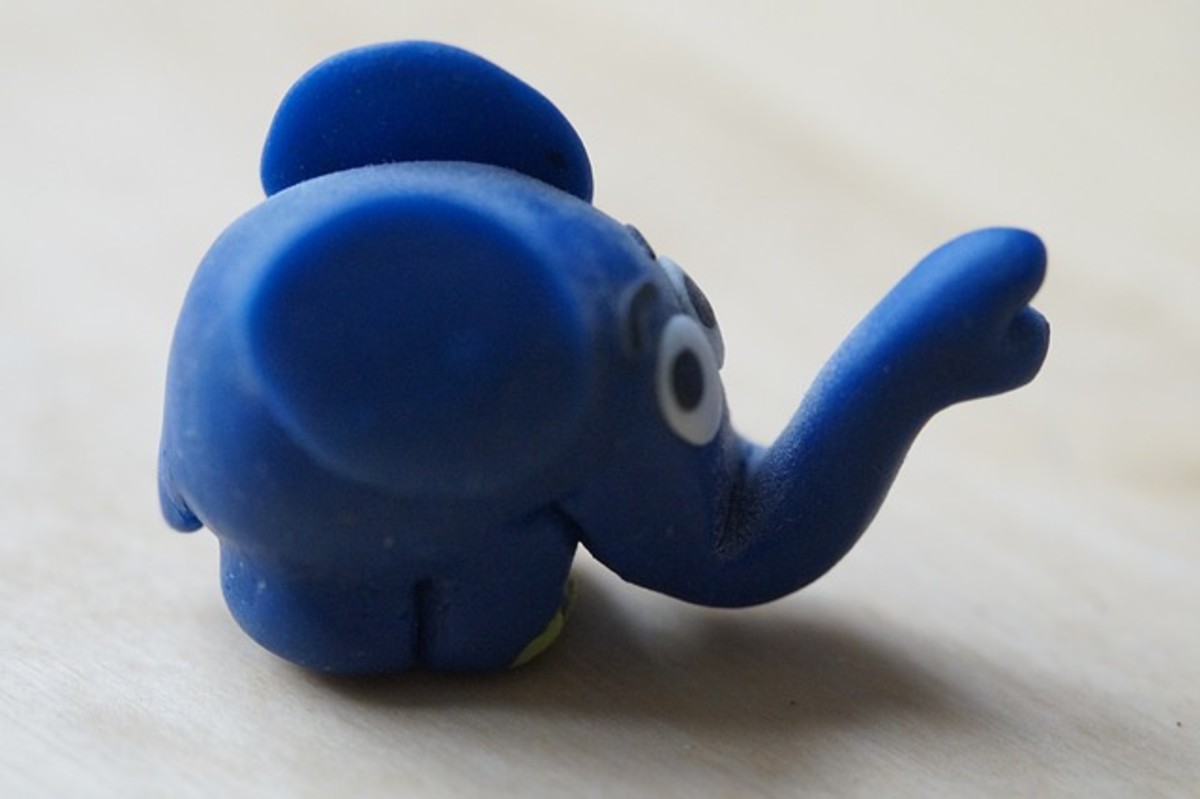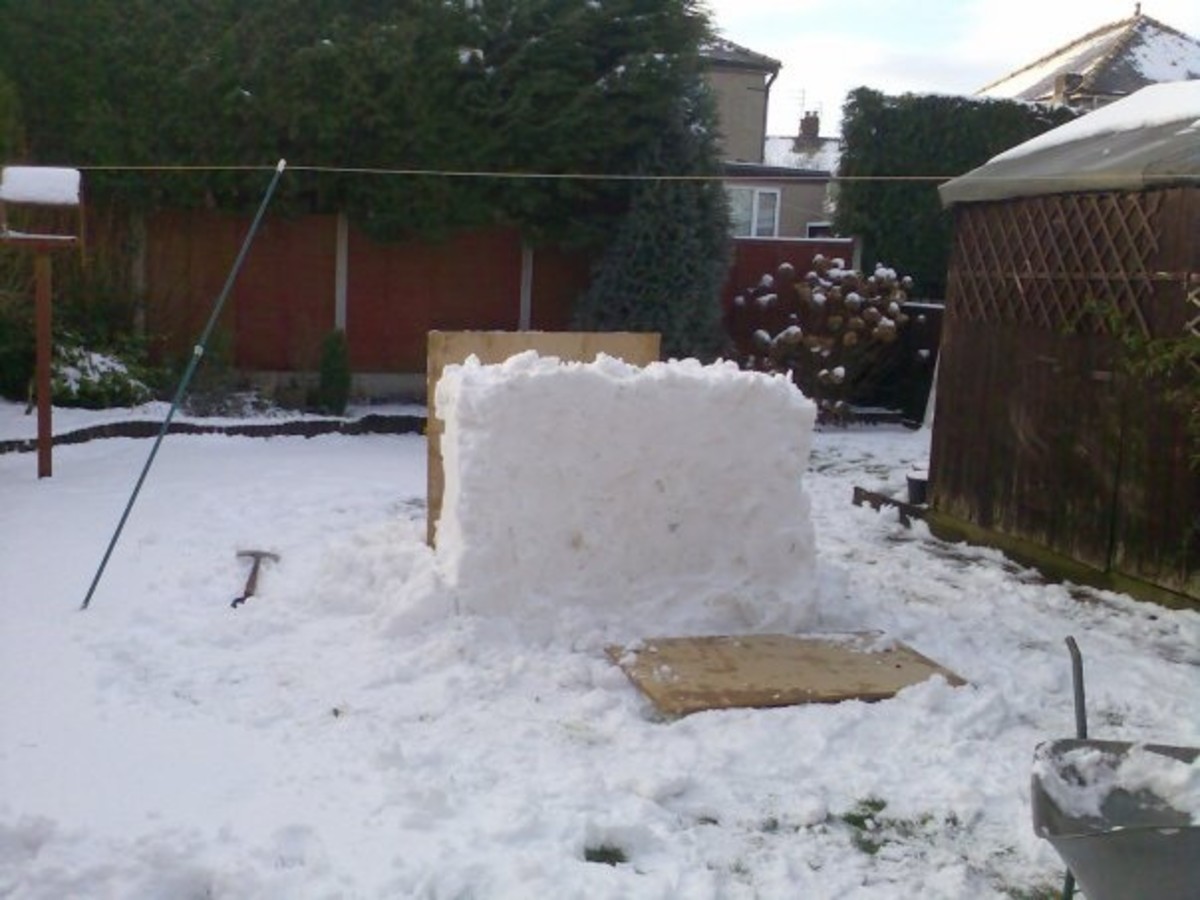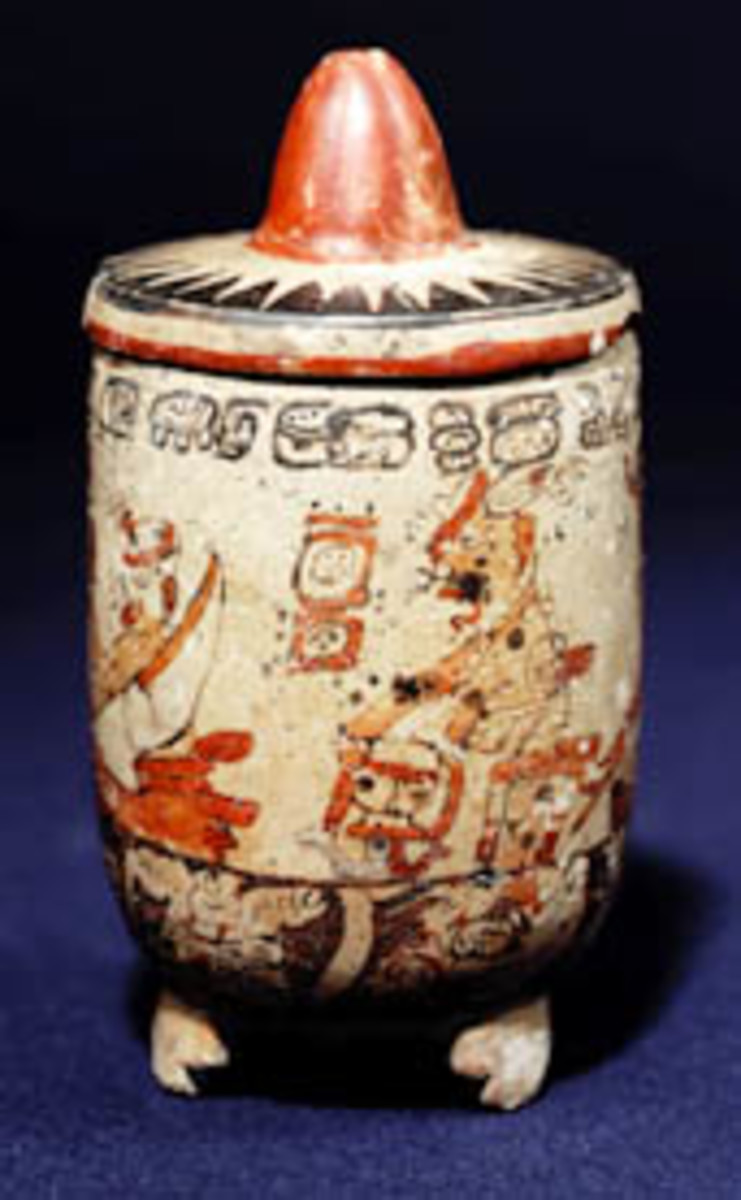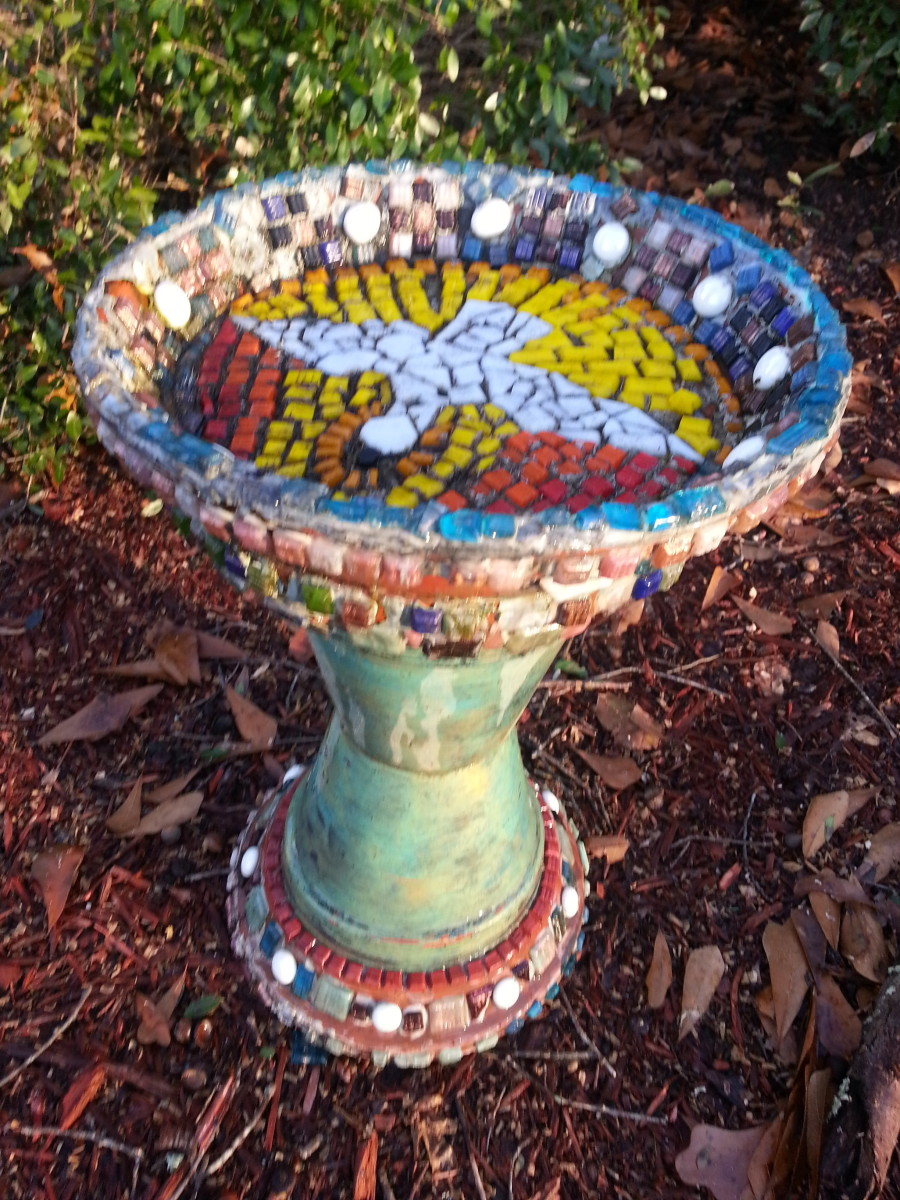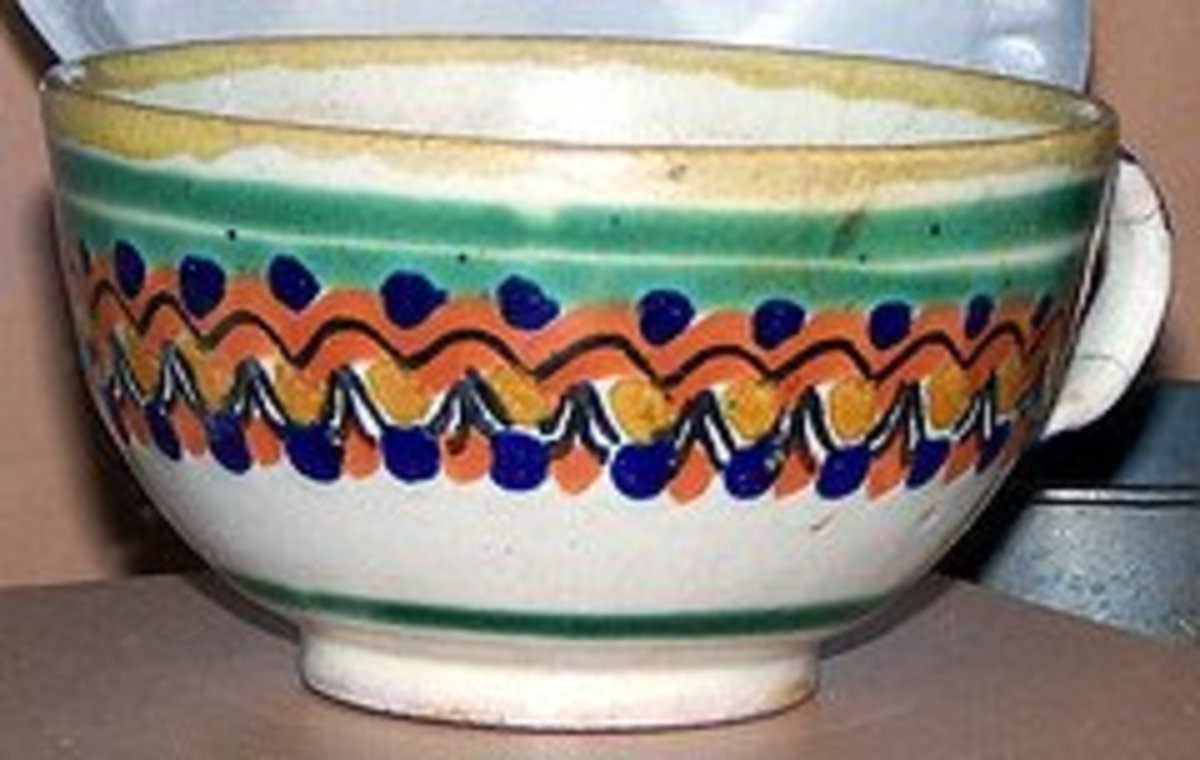How To Make a Clay Model
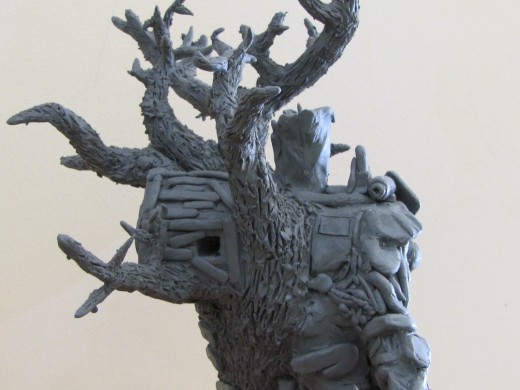
Making a clay model is both inexpensive and fun! Modeling clay is an oil-based clay that is non-toxic and never crumbles or hardens. It is ideal for children and adults alike. If something goes wrong, just mash it up and start over. There are no perquisite skills to make a clay model, just some patience and creativity! Here are some basics on what you will need to make a clay model.
Wired

Going Cheap
You may be able to side-skirt expenses completely by doing a little bit of inquiry. If you're a college student ask one of your fellow art students if they have any leftover clay they don't want, or see if the art professor is willing to give you some. I'm sure somewhere online you could find used modeling clay, and since it never hardens, used is just as good as new. You can use old coat hanger wire instead of aluminum wire to make a basic frame (It's quite a bit stiffer though), or you could glue popsicle sticks together. As far as tools go, 90% of what I used on my sculpture was a glorified pocket knife. Anything can be used a tool, you can use toothpicks, spoons, whatever to get the desired effect. Just experiment with different objects and see what works before you spend money on so called "professional tools." You can use old coat hanger wire to make a basic frame (It's quite a bit stiffer though) or you could glue popsicle sticks together.
Getting Started
As mentioned above, modeling clay is a fairly inexpensive form of sculpting; all you really need to get started is the clay. Dick Blick is a great art supply store where you can purchase the clay by the pound in a variety of assorted colors including: brown, cream, gray, gray green, green, orange, red, tan, terra cota, and yellow. As of 9/2011 the price per pound is $1.85 and if you buy 12lbs or more the price is $1.74. In terms of what color to select, well, that is entirely up to you! I really enjoy just using gray, because it is all the same color I don’t have to worry about mixing and matching (which might be something you want to try!). Besides the clay, there are several optional materials for clay modeling:
- Clay Modeling Tools- These are an assorted group of shaping tools with a variety of edges, thicknesses and blades. You can go the inexpensive route and buy plastic tools (which are tougher overall) for around $2.50; or you can go all out and buy a set of 40 wood ones for $41.75. Unless you are planning on switching professions and become a sculptor, I would highly recommend the plastic tool route (If you buy at all).
- Aluminum Sculpting Wire- This soft, flexible wire can be used to create an armature (basic frame) to put your clay on. It saves on the amount of clay you have to use and is a necessary support system if you want to add extensions to your sculpture, such as tree branches. A 14-guage spool of 350 ft runs about $15.99. If you are going to use this, you will need pliers with a wire cuter, preferably needle nose, so that you can easily manipulate the wire.
- A Base- Many sculptures have a simple, hard base (often wood, but you can get creative) that the sculpture is attached to which does several things:
- It can add to the overall artistic perception (Makes it look nicer)
- Makes it mobile
- Allows you to easily maneuver your sculpture, which is helpful while working.
The only challenge with using a base is that you have to make sure that your sculpture and/or frame is securely fastened to the base; you don’t want it falling over onto the floor…
Sculpting
Now, the actual fun part of making a clay model--sculpting. There are as many approaches to this as there are people who try it. You may want to brainstorm ideas first and start sketching things on paper. You can look at pictures and objects to get some basic thoughts, or you can just start throwing clay together until you like something. There is no wrong way to go about it, and the beauty is if you don’t like part or all of it, just mash it up or smooth it back in to the lump and start anew! Here are a few pointers about the process:
- First and foremost- ENJOY! It is the process that makes the journey worthwhile, not the end goal. No need to get frustrated, the clay is incredibly forgiving. You can leave and come back at anytime, the clay will be in the exact same spot and state that you left it.
- Warmer clay is much more pliable than colder. In fact, really cold clay is quite hard and difficult to work with. That said I wouldn’t leave your sculpture in a 90° room, as some parts might start to droop.
- If you want a great deal of detail, go for it! Look at pictures and objects to use a reference point for creating exactly what you'd like to see. Trial and error is the best way to accomplish what you want; you’ll figure out what tools work best to accomplish a specific task.
- You can add more clay than you need and begin cutting away until you have what you want, or you can shape a piece first and then gently attach it to the sculpture. You’ll learn which method to use when.
- The more filled out your frame is, the easier time you will have spreading clay on it.
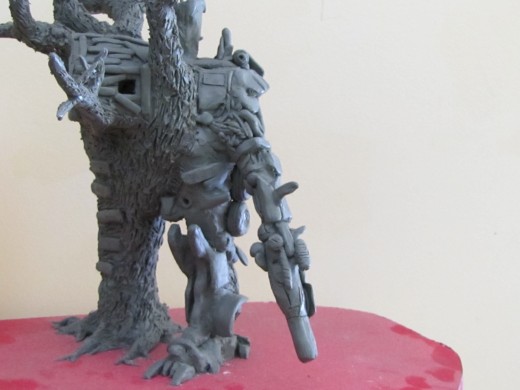
Summing It Up
For fewer than $10 you can have countless hours of entertainment with completely limitless possibilities. The sculpture shown in the picture took me somewhere around 30 hours to complete, and it is by no means as detailed as it possibly could be. You decide what approach works best for you, and maybe, for the sake of creativity, go completely against it and see what comes of it. Just a reminder—the clay will always be pliable which is great when it comes to mistakes, but it also means that if someone bumps into it, its going to smudge (Possibly a lesson in not getting attached to things). Remember to be patient with yourself, fine-tuning the process and discovering what you are capable of is far more important than whether your dragon-cheetah has enough scales. Unleash your inner sculptor, make a clay model.

